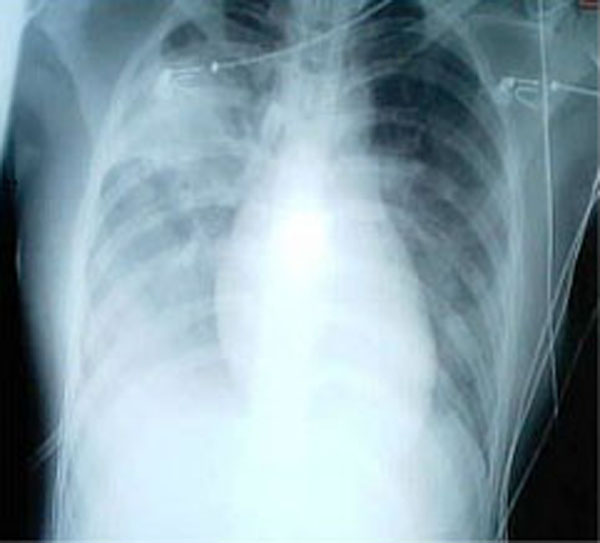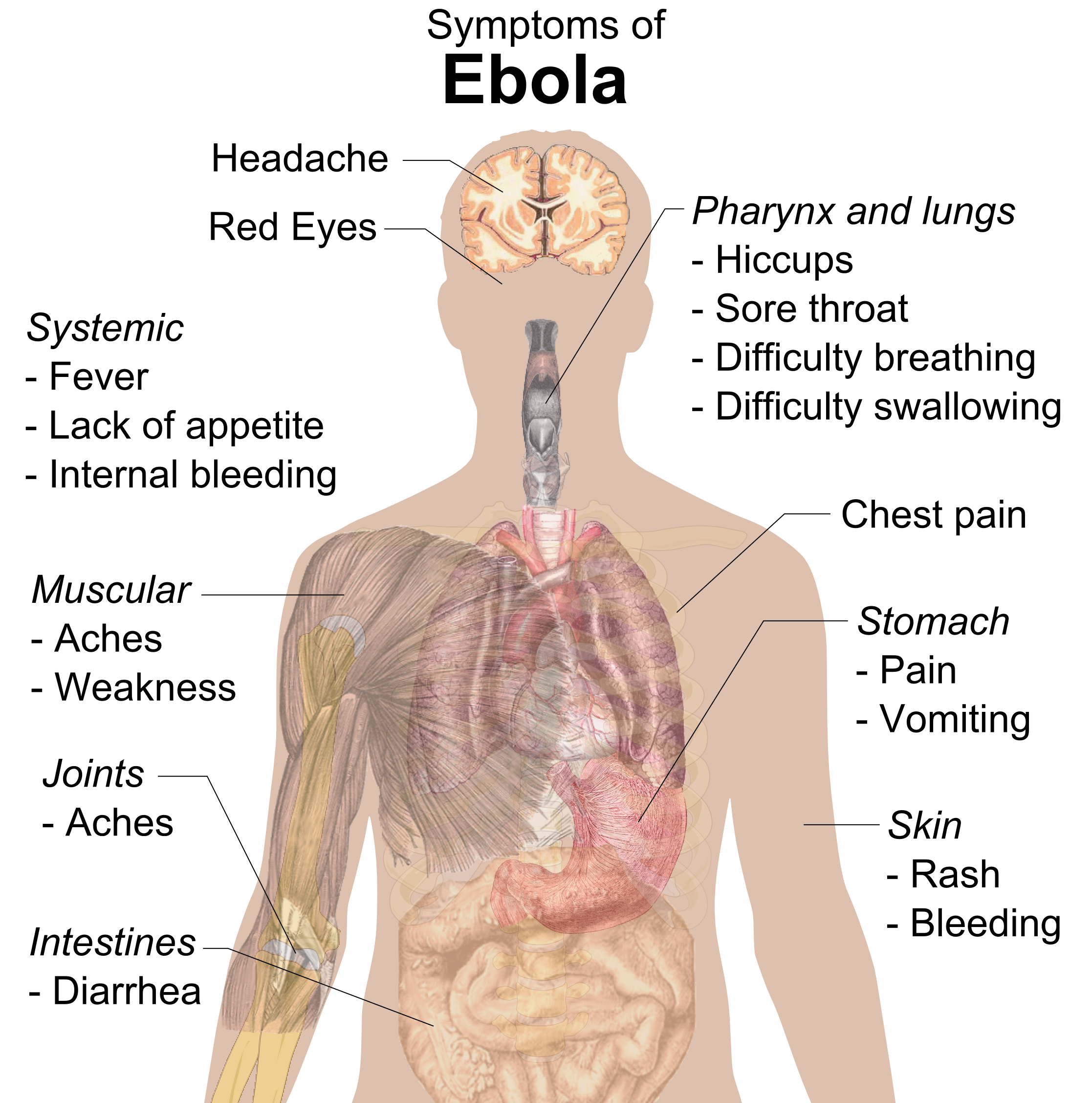|
Bamrasnaradura Infectious Diseases Institute
Bamrasnaradura Infectious Diseases Institute (; ) is a specialised hospital for patients infected with highly contagious diseases and used to control the outbreak of the diseases. It was found in 1960 as Bamrasnaradura Hospital. The hospital is currently a division of Department of Disease Control, Ministry of Public Health and located in Nonthaburi Province, Thailand within the headquarters of the ministry itself. __TOC__ History Bamrasnaradura Hospital was founded under the premiership of Field Marshal Sarit Thanarat, as part of his policy to establish a new specialised hospital for infectious diseases after the outbreak of Cholera in Thailand during 1958-1959 which killed 2,372 people. The hospital opened on 2 November 1960. It replaced the old Phaya Thai National Infectious Diseases Hospital in Dusit District which was dilapidated and located too close to the community area. The field marshal named the hospital after Phra Bamrasnaradura, the royal title of Dr. Long Vejj ... [...More Info...] [...Related Items...] OR: [Wikipedia] [Google] [Baidu] |
Thailand
Thailand ( ), historically known as Siam () and officially the Kingdom of Thailand, is a country in Southeast Asia, located at the centre of the Indochinese Peninsula, spanning , with a population of almost 70 million. The country is bordered to the north by Myanmar and Laos, to the east by Laos and Cambodia, to the south by the Gulf of Thailand and Malaysia, and to the west by the Andaman Sea and the extremity of Myanmar. Thailand also shares maritime borders with Vietnam to the southeast, and Indonesia and India to the southwest. Bangkok is the nation's capital and largest city. Tai peoples migrated from southwestern China to mainland Southeast Asia from the 11th century. Indianised kingdoms such as the Mon, Khmer Empire and Malay states ruled the region, competing with Thai states such as the Kingdoms of Ngoenyang, Sukhothai, Lan Na and Ayutthaya, which also rivalled each other. European contact began in 1511 with a Portuguese diplomatic mission to Ayuttha ... [...More Info...] [...Related Items...] OR: [Wikipedia] [Google] [Baidu] |
Ministry Of Public Health (Thailand)
The Ministry of Public Health (MOPH; th, กระทรวงสาธารณสุข, ) is a Thai governmental body responsible for the oversight of public health in Thailand. It is commonly referred to in Thailand by its abbreviation ''so tho'' (). History In Thailand before 1888 there were no permanent, public hospitals to provide care to sick people. Temporary hospitals were set up to care for patients during epidemics, then disbanded when the epidemic subsided. Under King Chulalongkorn (Rama V) a hospital was constructed and completed in 1888 and named " Siriraj Hospital" in commemoration of the king's young son, Prince Siriraj Kakudhabhand, who had died of dysentery. King Vajiravudh, King Chulalongkorn's successor, established Department of Health on 27 November 1918. During the reign of King Rama VIII, the Ministry of Public Health was established on 10 March 1942 as a result of the enactment of the Ministries and Departments Reorganization Act (Amendment No. 3) ... [...More Info...] [...Related Items...] OR: [Wikipedia] [Google] [Baidu] |
Mueang Nonthaburi District
Mueang Nonthaburi ( th, เมืองนนทบุรี, , ) is the capital district (''amphoe mueang'') of Nonthaburi province in Thailand. The city of Nonthaburi has 267,001 inhabitants, while the whole district has 348,553. History The district was originally named "Talat Khwan". Simon de la Loubère, who was a French envoy extraordinary to the King of Ayutthaya, wrote in his book that Talat Khwan (Talacoan) was an important place on the Chao Phraya River. It is unknown what year it was established. In 1917, the provincial administration of Nonthaburi was moved into the district, and thus the district was renamed Mueang Nonthaburi. From 1 January 1943 to 9 May 1946 Nonthaburi was abolished and split between Thonburi and Phra Nakhon Provinces. Thus the district, which was then in Phra Nakhon Province, was renamed "Nonthaburi". After the recreation of the province, it changed back to "Mueang Nonthaburi". Administration The district is divided into 10 sub-districts (''tam ... [...More Info...] [...Related Items...] OR: [Wikipedia] [Google] [Baidu] |
Field Marshal
Field marshal (or field-marshal, abbreviated as FM) is the most senior military rank, ordinarily senior to the general officer ranks. Usually, it is the highest rank in an army and as such few persons are appointed to it. It is considered as a five-star rank (OF-10) in modern-day armed forces in many countries. Promotion to the rank of field marshal in many countries historically required extraordinary military achievement by a general (a wartime victory). However, the rank has also been used as a divisional command rank and also as a brigade command rank. Examples of the different uses of the rank include Austria-Hungary, Pakistan, Prussia/Germany, India and Sri Lanka for an extraordinary achievement; Spain and Mexico for a divisional command ( es, link=no, mariscal de campo); and France, Portugal and Brazil for a brigade command (french: link=no, maréchal de camp, pt, marechal de campo). Origins The origin of the term dates to the early Middle Ages, originally meanin ... [...More Info...] [...Related Items...] OR: [Wikipedia] [Google] [Baidu] |
Sarit Thanarat
Field Marshal Sarit Thanarat (also spelt ''Dhanarajata''; th, สฤษดิ์ ธนะรัชต์, ; 16 June 1908 – 8 December 1963) was a Thai general who staged a coup in 1957, replacing Plaek Phibunsongkhram as Thailand's prime minister until Sarit died in 1963. He was born in Bangkok, but grew up in his mother's home town in Isan-speaking northeastern Thailand and considered himself from Isan. His father, Major Luang Ruangdetanan (birth name Thongdi Thanarat), was a career army officer best known for his translations into Thai of Cambodian literature.Gale, T. 2005. Encyclopedia of World Biographies. He had partial Chinese ancestry. Military career Sarit Thanarat was educated at a monastery school, and entered Chulachomklao Royal Military Academy in 1919, not completing his military studies until 1928, after which he was commissioned as a second lieutenant. During World War II he served as commander of an infantry battalion and took part in the invasion and o ... [...More Info...] [...Related Items...] OR: [Wikipedia] [Google] [Baidu] |
Cholera
Cholera is an infection of the small intestine by some strains of the bacterium '' Vibrio cholerae''. Symptoms may range from none, to mild, to severe. The classic symptom is large amounts of watery diarrhea that lasts a few days. Vomiting and muscle cramps may also occur. Diarrhea can be so severe that it leads within hours to severe dehydration and electrolyte imbalance. This may result in sunken eyes, cold skin, decreased skin elasticity, and wrinkling of the hands and feet. Dehydration can cause the skin to turn bluish. Symptoms start two hours to five days after exposure. Cholera is caused by a number of types of ''Vibrio cholerae'', with some types producing more severe disease than others. It is spread mostly by unsafe water and unsafe food that has been contaminated with human feces containing the bacteria. Undercooked shellfish is a common source. Humans are the only known host for the bacteria. Risk factors for the disease include poor sanitation, not enou ... [...More Info...] [...Related Items...] OR: [Wikipedia] [Google] [Baidu] |
Phra Bamrasnaradura
Phra () is a Thai term that may refer to: *''Phra'', a Thai-language term for Buddhist monk *''Phra'', a Thai-language term for priest *''Phra'', a Thai-language word used as a prefix denoting holy or royal status, including in Thai royal ranks and titles *''Phra'', a Thai noble title Other uses * Francesco "Phra" Barbaglia, Italian DJ and producer; see Crookers {{Disambiguation ... [...More Info...] [...Related Items...] OR: [Wikipedia] [Google] [Baidu] |
SARS
Severe acute respiratory syndrome (SARS) is a viral respiratory disease of zoonotic origin caused by the severe acute respiratory syndrome coronavirus (SARS-CoV or SARS-CoV-1), the first identified strain of the SARS coronavirus species, '' severe acute respiratory syndrome–related coronavirus'' (SARSr-CoV). The first known cases occurred in November 2002, and the syndrome caused the 2002–2004 SARS outbreak. In the 2010s, Chinese scientists traced the virus through the intermediary of Asian palm civets to cave-dwelling horseshoe bats in Xiyang Yi Ethnic Township, Yunnan.The locality was referred to be "a cave in Kunming" in earlier sources because the Xiyang Yi Ethnic Township is administratively part of Kunming, though 70 km apart. Xiyang was identified on * For an earlier interview of the researchers about the locality of the caves, see: SARS was a relatively rare disease; at the end of the epidemic in June 2003, the incidence was 8,469 cases with a case fatality r ... [...More Info...] [...Related Items...] OR: [Wikipedia] [Google] [Baidu] |
MERS
Middle East respiratory syndrome (MERS) is a viral respiratory infection caused by '' Middle East respiratory syndrome–related coronavirus'' (MERS-CoV). Symptoms may range from none, to mild, to severe. Typical symptoms include fever, cough, diarrhea, and shortness of breath. The disease is typically more severe in those with other health problems. The first case was identified in June 2012 by Egyptian physician Ali Mohamed Zaki at the Dr. Soliman Fakeeh Hospital in Jeddah, Saudi Arabia, and most cases have occurred in the Arabian Peninsula. Over 2,500 cases have been reported as of January 2021, including 45 cases in the year 2020. About 35% of those who are diagnosed with the disease die from it. Larger outbreaks have occurred in South Korea in 2015 and in Saudi Arabia in 2018. MERS-CoV is a coronavirus believed to be originally from bats. However, humans are typically infected from camels, either during direct contact or indirectly. Spread between humans typica ... [...More Info...] [...Related Items...] OR: [Wikipedia] [Google] [Baidu] |
Ebola
Ebola, also known as Ebola virus disease (EVD) and Ebola hemorrhagic fever (EHF), is a viral hemorrhagic fever in humans and other primates, caused by ebolaviruses. Symptoms typically start anywhere between two days and three weeks after becoming infected with the virus. The first symptoms are usually fever, sore throat, muscle pain, and headaches. These are usually followed by vomiting, diarrhoea, rash and decreased liver and kidney function, at which point, some people begin to bleed both internally and externally. The disease kills between 25% and 90% of those infected – about 50% on average. Death is often due to shock from fluid loss, and typically occurs between six and 16 days after the first symptoms appear. Early treatment of symptoms increases the survival rate considerably compared to late start. The virus spreads through direct contact with body fluids, such as blood from infected humans or other animals, or from contact with items that have recently been ... [...More Info...] [...Related Items...] OR: [Wikipedia] [Google] [Baidu] |

.jpg)


.png)
